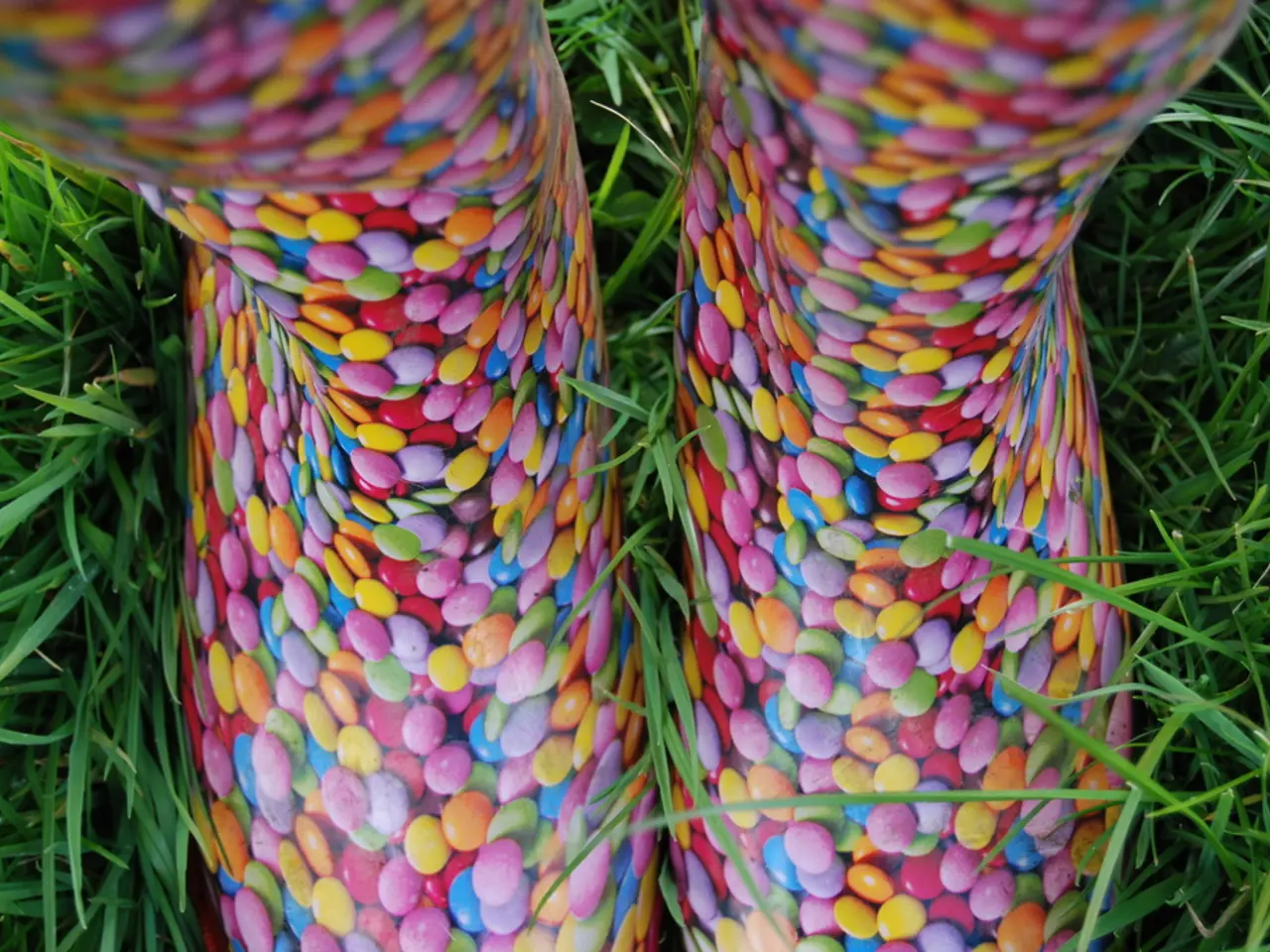Rich tones add sophistication, perceived luxury, and visual appeal to your living space, enhancing its overall allure.
In the world of interior design, rich colors have become a popular choice for creating spaces that are both visually striking and emotionally resonant. These colors, characterized by their deep saturation, complexity, and versatility, are not just bright or dark, but rather, they possess a layered quality that brings depth and sophistication to any room.
The term "rich" in the design world is used to describe colors that evoke a sense of luxury and opulence. Examples of rich colors include jewel tones like emerald green, amethyst purple, and ruby red, as well as deep wine, terracotta, mustard yellow, dark chocolate brown, and rich charcoal gray. Phthalo Green, considered the most expensive-looking rich color, and oxblood red, one of the favorite shades of the past few years, are particularly sought after.
Amy Krane, an architectural color consultant trained by Frank Mahnke, highlights the emotional impact and complexity of rich colors. "These colors evoke strong emotions and visually set the tone of a space," she says. "They are not simply bright or dark but have a complex, layered quality that brings depth and sophistication."
One way to maximize the impact of rich colors in a space is through color drenching, such as painting walls in a rich color like Farrow & Ball's Hague Blue. However, it's important to use these colors sparingly to avoid creating too much drama or overwhelming the room.
Rich colors can be used in various ways—not just on walls but also in furniture like sofas, patterned curtains, or even unexpected trim colors. They bring a sense of refinement without necessarily overwhelming the space if used thoughtfully. For instance, an ochre sofa or a forest green velvet lounger with oxblood side tables can create a stunning, rich color palette.
The interaction of rich colors with lighting and contrast can also enhance their impact. Rich colors stand out when paired with neutrals or vivid whites, which can increase their perceived saturation and create a dynamic, gallery-like effect. This contrast enhances natural light and adds dimensionality, preventing spaces from feeling cold or flat.
In addition to color alone, rich colors are often complemented by tactile textures such as velvet, leather, or woven fabrics. Mixing textures like velvet, silk, wood, linen, and metal can make rich colors feel deeper and more multidimensional, intensifying the feeling of luxury and creating a more inviting, sensory experience in the room.
For those looking to introduce rich colors in unexpected ways, the green marble table from Pietra is a stunning option. Burl wood decor is another unique way to use rich yellow and orange hues without painting the walls. Emerald green picture frames are a natural next step for upgrading bookshelf decor.
Nordic Knots, a favorite rug brand, offers a way to introduce rich colors in a way that can change with evolving design styles. Warm grays, beige, cream, and white tones prevent a space from feeling too heavy when used with rich colors, providing a perfect balance.
In summary, rich colors are defined by their emotional resonance, deep saturation, complexity, and ability to create a sophisticated yet inviting ambiance, often enhanced by texture and contrast with neutrals. By using rich colors thoughtfully and creatively, designers can transform any space into a luxurious and visually stunning environment.
Rich colors, like emerald green, amethyst purple, and ruby red, are instrumentally used in interior design to evoke feelings of luxury and opulence, creating spaces that are both visually striking and emotionally resonant. Amy Krane, an architectural color consultant, emphasizes the emotional impact and complexity of these colors, stating that they possess a layered quality that brings depth and sophistication to any room. To maximize their impact, rich colors can be drenched across a room through wall paint, such as Hague Blue by Farrow & Ball, or used sparingly in furniture, patterned curtains, or unexpected trim colors. The interaction of rich colors with lighting and contrast can further enhance their visual appeal, creating a dynamic, gallery-like effect. Textures like velvet, leather, or woven fabrics, coupled with rich colors, can make a room feel deeper and more multidimensional, intensifying the feeling of luxury. Designers can also incorporate rich colors in unexpected ways, such as through green marble tables, burl wood decor, or emerald green picture frames, to transform any space into a luxurious and visually stunning environment.



